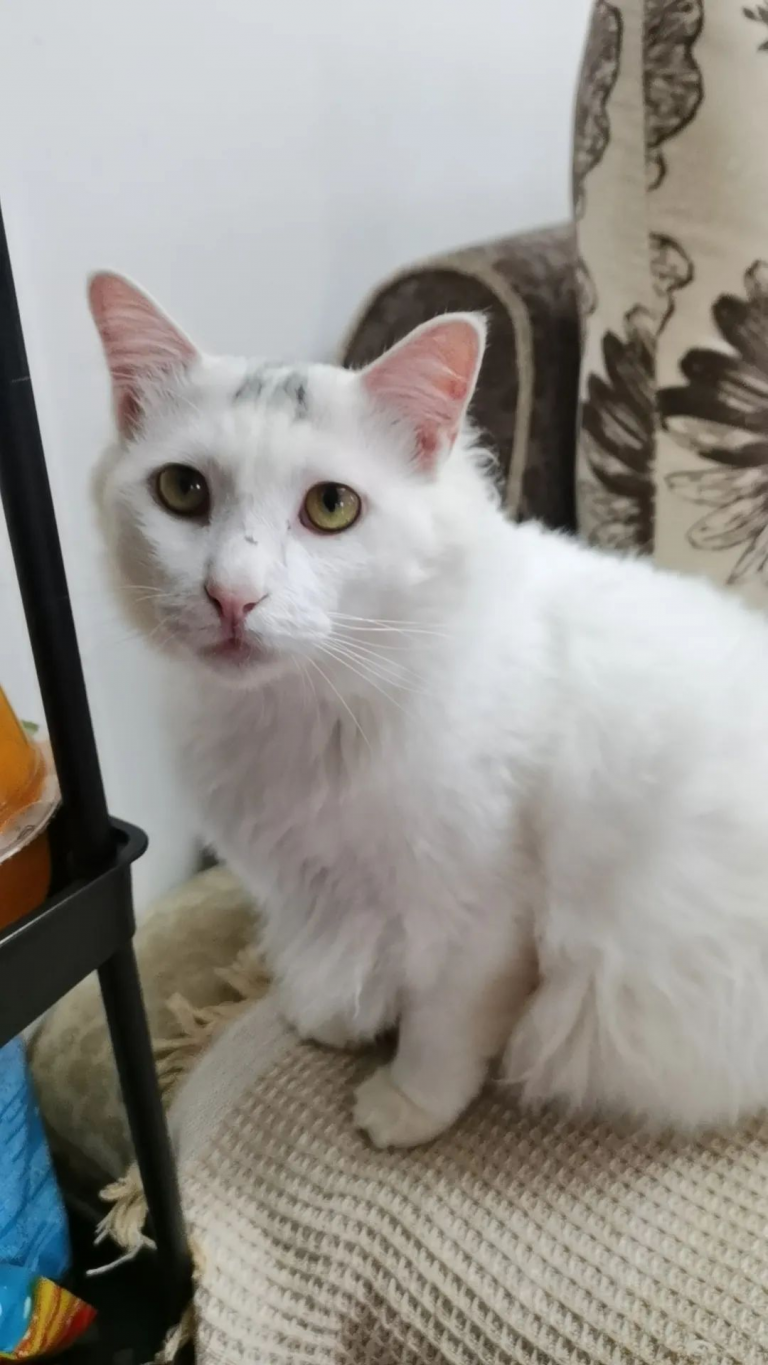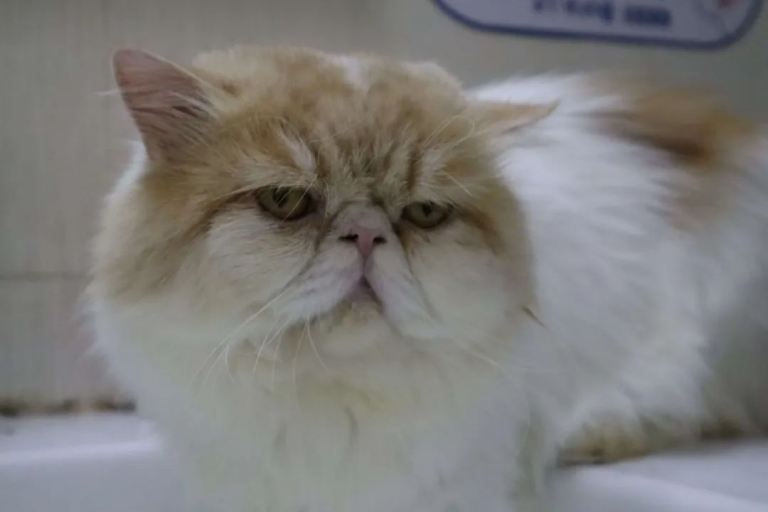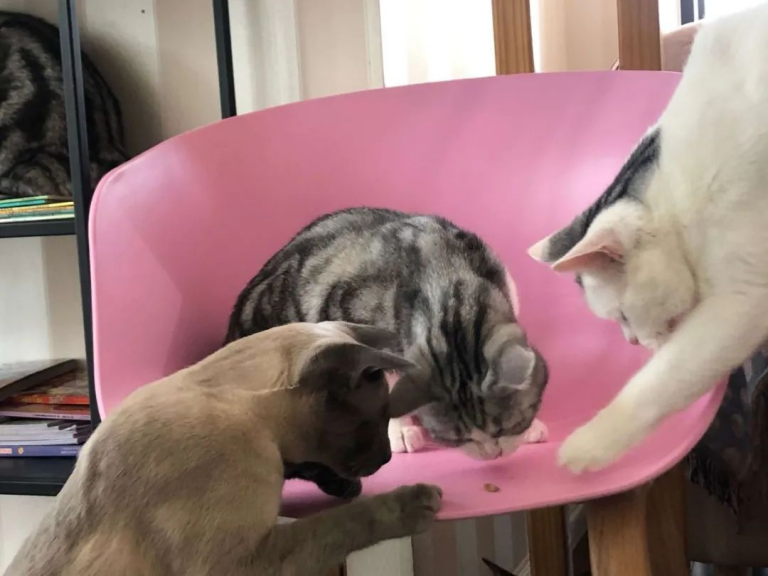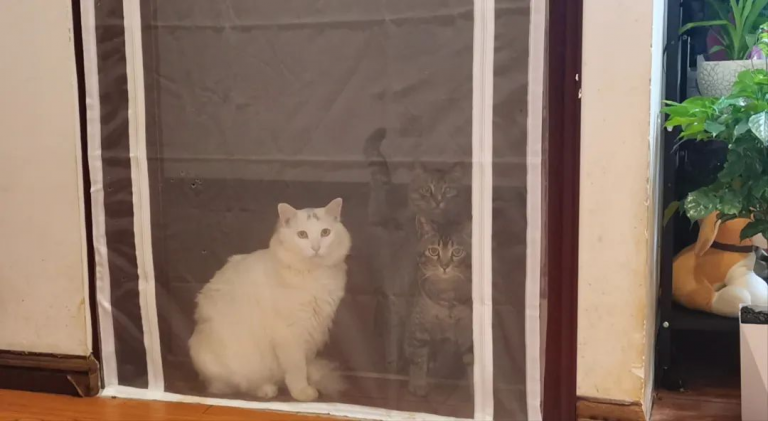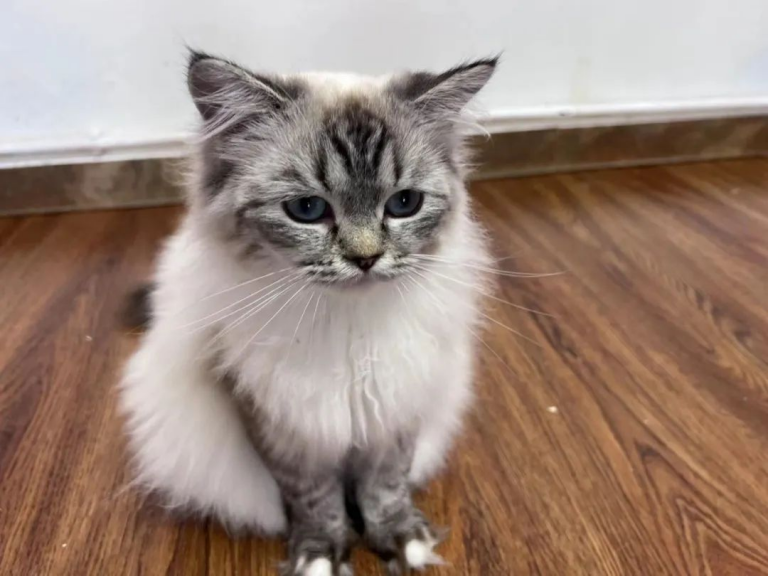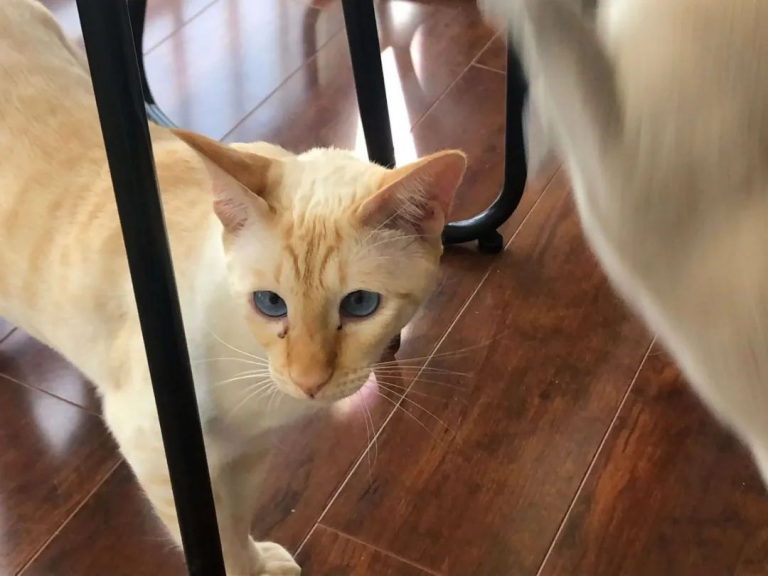The function of the fat on the cat’s belly
The small fat on the belly of cats has always been one of the topics that people pay attention to. Many people think that they are just caused by gaining weight, but in fact, these small fats also have an important role. This article will discuss in detail the role of the fat on the cat’s belly in terms of protecting internal organs, providing energy reserves and increasing body temperature.

First of all, the small fat on the cat’s belly can protect the internal organs. Cats’ abdominal internal organs such as liver, kidneys and intestines are very important. They are responsible for digestion, absorption and excretion. However, in the wild, cats may encounter various dangers, such as attacks from attackers or unexpected situations such as falls. When these accidents occur, the small fat on the cat’s belly can cushion and protect the internal organs, reducing the risk of injury.
Secondly, the small fat on the cat’s belly can also provide energy reserves. Cats are predatory animals and rely on meat as their main food source. However, in natural environments, food is not always plentiful, and sometimes they may experience food shortages. At this time, the small fat on the cat’s belly can play a role. These fats are adipose tissue formed when excess energy intake is stored. When food is insufficient, they can break down fat to provide energy for cats to use, helping them survive periods of famine.

In addition, the small fat on the cat’s belly can also increase body temperature. Cats are warm-blooded animals and they need a suitable body temperature to maintain normal physiological activities. In a cold environment, the small fat on the cat’s belly can play a role in keeping warm. This is because fat tissue has good insulating properties, which can reduce the loss of body heat and allow cats to maintain a higher body temperature. Especially for long-haired cats, it is usually easier for them to maintain body temperature in the cold season, which is also related to the small fat on their bellies.
However, while the little fat on your cat’s belly serves an important purpose, excess fat accumulation can also have a negative impact on your cat’s health. Obesity is a common problem in many domestic cats and increases the risk of chronic diseases such as cardiovascular disease, diabetes and joint disease. Therefore, owners should pay attention to controlling the cat’s weight, maintaining appropriate diet and exercise.
Cat belly fat refers to the extra fat that some cats develop in the abdominal area. These little flabs may be caused by your cat’s eating habits or lack of exercise. Although they may look cute, long-term flab may have a negative impact on your cat’s health. In this article, we’ll explore the function of the little belly fat on your cat and how to manage them.
First of all, the small fat on the cat’s belly can protect the internal organs. This extra fat acts as a protective layer for internal organs, protecting them from external impact and damage. Especially for cats who are more active, this layer of fat can reduce the pressure caused by collision and reduce the risk of injury to internal organs.
Secondly, the small fat on the cat’s belly can also be used as an energy reserve. Cats are carnivores and consume a lot of energy to maintain their daily lives and chase games. When a cat eats too much food, its body will store the excess energy in small fats for emergency use. This mechanism is particularly important in the wild, where enough food is not always readily available.
However, long-standing dewlaps can also have a negative impact on your cat’s health. First, excessive fat accumulation may lead to obesity problems. Obesity increases a cat’s risk of developing a range of diseases, such as diabetes, arthritis and cardiovascular disease. Obesity can also affect a cat’s mobility and quality of life, making them more likely to tire and lack interest.

In addition, small fat may also be a sign of insufficient diet or exercise. If a cat consumes too much high-calorie food and does not exercise enough to burn off these energy, it will cause fat to accumulate in the body. This phenomenon often occurs in indoor cats that are overfed or lack exercise. Therefore, it is important to pay attention to controlling your cat’s diet, giving appropriate amounts of high-quality food, and providing sufficient exercise space and toys.
In order to manage the fat on your cat’s belly, we can take the following measures. First, make sure your cat’s diet is balanced and appropriate. Choose high-quality cat food and pay attention to control your daily intake. Avoid giving too many treats and human food. Secondly, encourage cats to exercise appropriately. Provide an abundance of toys and activity areas to encourage cats to participate in activities and games.

